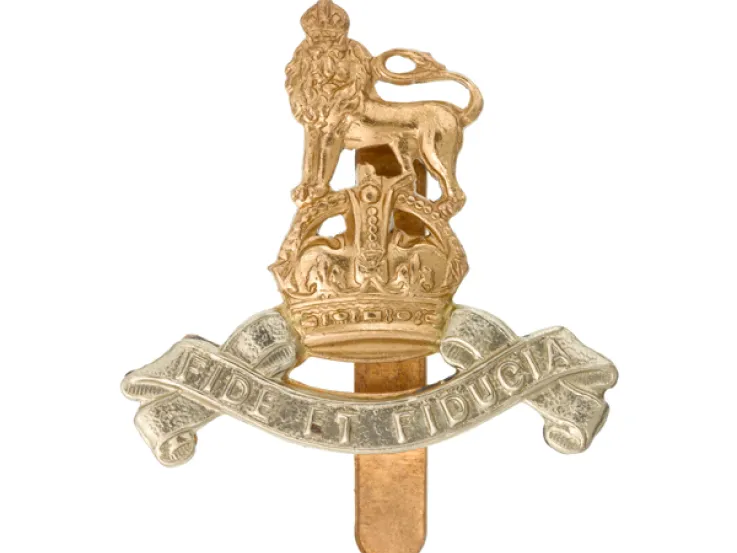Staff support
The first of the four branches of the Adjutant General's Corps is the Staff and Personnel Support Branch. This provides accounting, human resources, clerical and welfare support to every Army unit.
It was initially formed out of the Royal Army Pay Corps and Women’s Royal Army Corps, as well as the staff clerks of the Royal Army Ordnance Corps.
In 1993, the clerks from the Army Catering Corps, Royal Pioneer Corps and Royal Corps of Transport were added, following the formation of the Royal Logistic Corps. Later that year, the clerks from all other arms and services also joined.
Policing
The second branch is the Provost Branch. This perpetuates the policing, prison and guard duties of the Royal Military Police, the Military Provost Staff Corps and the Military Provost Guard Service. Although no longer independent units, these services retain their older identities and cap badges.
Education
The third branch is the all-officer, all-graduate Educational and Training Services Branch. This continues the traditions and duties of the Royal Army Educational Corps. Its staff deliver a range of educational courses that support soldiers’ professional development.
Legal services
The fourth and final branch is the Army Legal Services Branch, another all-officer branch. This continues the legal provision of the Army Legal Corps. It is comprised of professionally qualified solicitors, barristers or Scottish advocates.
Regimental museums
The National Army Museum works with a network of Regimental and Corps Museums across the UK to help preserve and share the history and traditions of the Army and its soldiers.
Discover more about the Adjutant General's Corps by visiting the Adjutant General's Corps Museum in Winchester.











